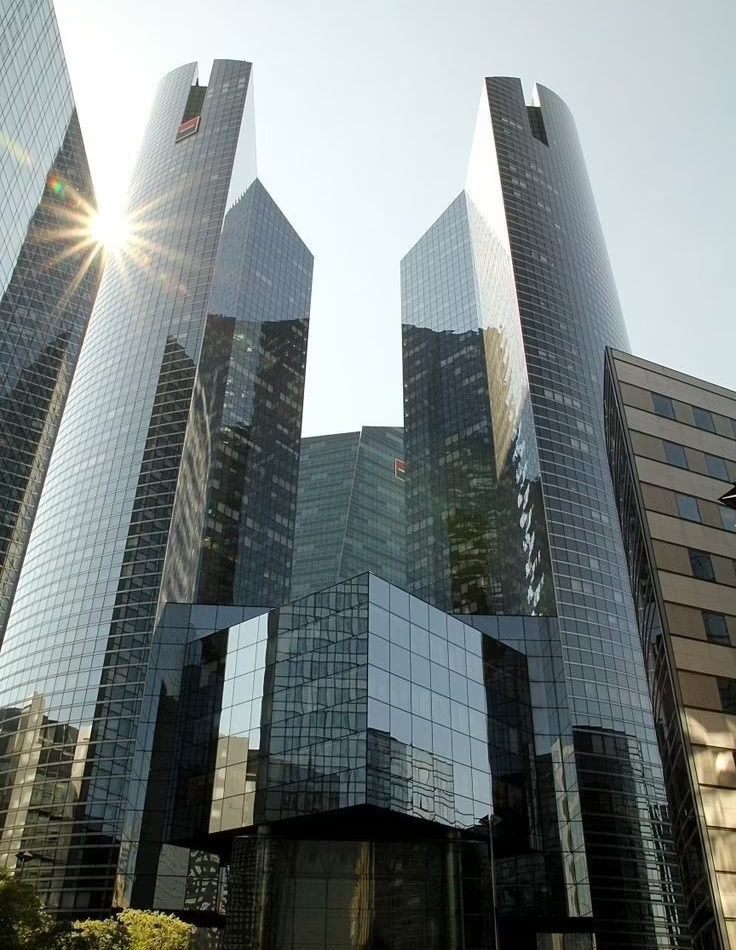What Is Capital Rationing?
- Capital rationing is one of the tools to manage and mitigate the financial risk associated to a business.
- Capital rationing is a situation, whereby, the funds available for completing a project are limited.
- It is a situation where a constraint or budget ceiling is put in place on to the total size of capital expenditure under the assumption that the availability of financial resources is quite limited.
- It is a financial strategy used by companies or financial institutions or investors to limit the number of projects to be taken up at a time. If there is a pool of available investments which are expected to be profitable, the strategy of capital rationing provides the investors with the most profitable one to choose from.
- Under this circumstance, the decision maker is compelled to reject some of the viable projects having positive net present value because of the shortage of funds.
- It helps in effective allocation of funds available across various investment opportunities, thereby, enhancing the bottom line of the company. The company is forced to deploy the funds in such projects which are considered to be the most profitable and carrying the highest potential in terms of risks and rewards.
- The limited funds are utilised in the best possible or optimum manner by using the profitability index technique.
- The concept of capital rationing is used by many investors and companies to make sure that investments are made only in those projects that offer the highest returns.
- It is analysed that companies which have a capital rationing strategy prevalent within their organisations typically produce a relatively higher return on investment (ROI) which is simply because its their strategy of investing its resources where it identifies the highest profit potential.
- The primary intention of capital rationing is to make sure that a company does not heavily invest into its asset without much risk analysis, and invest the funds in high worthy projects or else a company may go on to witness the returns provided by the investments going on the lower side.
- The typical goal of capital rationing is to direct a company’s limited capital resources to the projects/ ventures that are likely to be the most profitable.
- The bottom line approach of capital rationing is that all investments with high projected returns should be taken and dealt with.

Let’s say, based on the borrowing costs and other factors ‘Simplified Fiscal Affairs’ Ltd. has set 15% as the minimum return on investment it desires or expects from its capital investments which is also sometimes referred to as the hurdle rate. Then, if one project is expected to provide the return 20% and another one 17% then the company will fund the 20% project first and then the 17% only to the extent that the capital has left over.

Advantages:
Financial Stability: Considering the changing business environment, portfolio managers usually keep a significant portion of available investment funds in the form of surplus cash which provides with greater financial stability and makes it much easier for investors to adjust to sudden adverse circumstances.
Availability of Funds: One has two maintain good surplus and reserves in order to deploy funds in the right place with the highest possible profit margin. Keeping enough cash reserves helps portfolio managers to achieve great opportunities, it insures that if particularly attractive unseen golden opportunity arises, the firm has surplus reserves available to take up immediate advantage of the opportunity.
Higher Return On Investment (ROI): Capital rationing strategy in itself is a tool to mitigate various business and financial risks, it ensures that businesses will invest only in those projects that offer the highest returns and typically produce relatively higher return on investment. Capital rationing helps to produce a relatively higher return on investment as it is simply based on the principle of making investments in such capital projects which have the potential to reach great heights.

Disadvantages:
Based On Assumption: Capital rationing is a strategy which is based on certain estimations and preconceived notions that a particular capital venture will produce a particular rate of return which may not be the case all the time. Any miscalculation of the same would result in the project generating lesser profits than expected.
Uncertainty: Capital rationing works on the framework of investment in projects yielding the highest profit which may lead to selection of projects with a smaller duration and disregarding certain long term projects which could have been way better for the company’s stability.

Types of Capital Rationing:
Hard Capital Rationing:
- Hard capital rationing is a type which is based on various external factors or elements. It is a rationing which is being imposed on a company by certain circumstances which is beyond the control of the organisation.
- For example: In a situation, in order to finance new ventures a company maybe restricted from borrowing money or may be finding it difficult to raise additional capital either through equity or debt or the creditors may have imposed certain rules on how it can use its capital because it has downgraded in terms of its credit rating. Hence, under these circumstances it may be difficult or effectively impossible for the organisation to finance its projects and ultimately will limit the company’s ability to invest in future ventures.
- Hard capital rationing is beyond the control of the company and imposed by external factors.

Soft Capital Rationing:
- Soft capital rationing is typically based on internal factors and the internal policies/framework of the company. This rationing refers to a circumstance whereby a company has freely chosen to impose some restrictions on its capital expenses, various costs, hurdle rates, internal management, company is reluctant to broaden the equity share holder base in the fear of losing control, etc.
- For example, the company may consider investing into a project only if it offers higher rate of return then it usually etc.
- This only happens because of the internal policies prevalent within an organisation, a company which is financially conservative will have higher required return on the capital investment in taking up projects in the coming days thereby, imposing self capital rationing.


